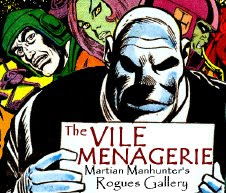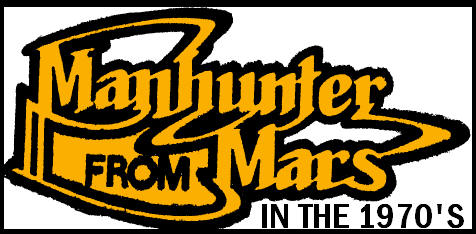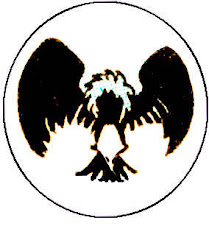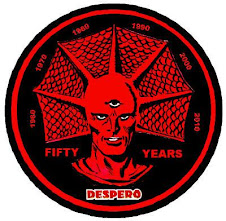Monday, August 28, 2023
Green Arrow #4 (November, 2010)
Like Martian Manhunter, Green Arrow was one of the longest lived DC super-heroes to have the fewest comics available under his own name. Prior to 1988, Oliver Queen had only starred in two mini-series, though the latter led into his most successful book to date, lasting 137 issues plus 7 annuals and a #1,000,000. Admittedly, his son Connor Hawke was the titular star after #100, because Queen was killed, and got the boy's book cancelled ahead of his resurrection in a new series. No, that return from the dead had nothing to do with Blackest Night... except it was enabled by Hal Jordan, and Ollie was briefly a Black Lantern, and his next, least "ongoing" series spun directly out of Brightest Day with related branding. So yeah, they're sort of related after all.
This volume would only make it 15 issues, from two distinct creative teams. Ultimately, it was more of a spin-off twelve issue maxi-series that tacked-on a three issue filler arc to run out the clock until the New 52. As best as I can piece together while reading as little as possible and not actually caring, a magical star-shaped forest sprung up overnight as part of Brightest Day. Oliver Queen, a guy that if I recall correctly was once elected mayor of Star City, seems to just up and decides to live in the park to protect this forest. A dude with mental health issues, escaped from an asylum in the aftermath of Justice League: Cry for Justice, joins him in LARPing as Galahad, and a supporting cast of Merry Men slowly gather. Again, a dozen of these issues had such prominent Brightest Day branding that they might as well rename the series Brightest Day Green Arrow, and the Ryan Sook White Lantern mural variant covers included Martian Manhunter on Green Arrow #3, but J'Onn doesn't actually appear until #4, and it's terrible.
You see, this was one of those exceedingly literal crossovers where pretty much the exact same sequence of events and dialogue are replicated in two books by different artists, with dubious writer credits. That can be mildly amusing if both books come out in the same week, so you buy them together and can compare side-by-side. Except Green Arrow #4 came out nearly a month after Brightest Day #9, so you're just like "didn't I read this already?" Actually, they serve to point out each others' weaknesses. The Brightest Day version gives more information about what's happening and has better jokes, so the Green Arrow version feels longer because less of interest is happening across many pages. Meanwhile, the art in Brightest Day is by a bigger name, but he's clearly blown his deadline and hacks out most of his pages in a manner so poor and unprofessional as to give DC a black eye for publishing them. That said, the Green Arrow art is basic super-hero fare, lacking the ominous mood, and it can't be fun to spend much of your month drawing the karaoke version of another recent comic. Oh, and then the second half of the issue is Ollie doing Green Arrow stuff, because the cover-featured crossover has so little to say with no true impact on either hero's ongoing narratives. That's why I had to vamp here instead of actually discussing the crossover itself... next week. Sucker.
"Strangers in the Night" was by J.T. Krul, Diogenes Neves, and Vicente Cifuentes, aside from the stuff generated for another title. I will say that the painted cover by Mauro Cascioli was leagues better than the one David Finch did for Brightest Day, though they both embarrass the lame Phillip Tan variant cover for #4. Neves' fundamentals aren't really there, so there was a time when he'd have been on a nice looking indie book, and could make the leap to the pros someday if he kept at it. The style over substance '90s really blew up the old standards, and in the modern comics art scene, I'd probably be begging for this caliber of work. Today they just bury everything under computer coloring.
Subscribe to:
Post Comments (Atom)































No comments:
Post a Comment